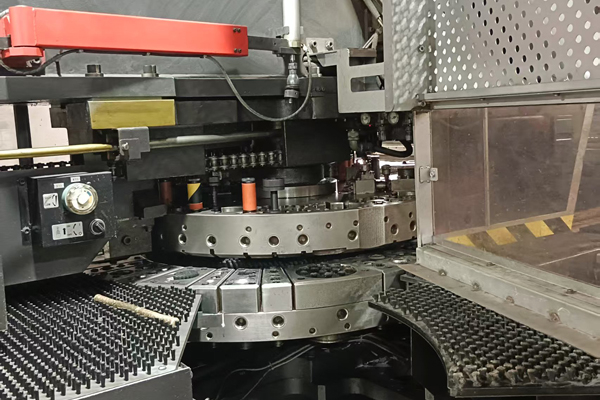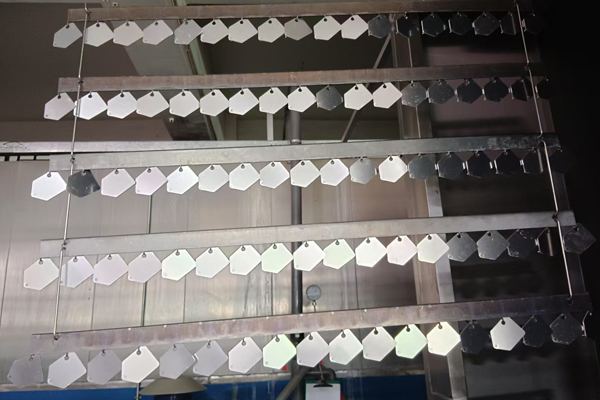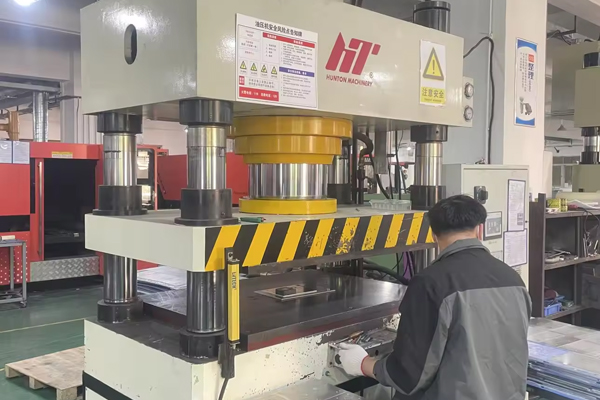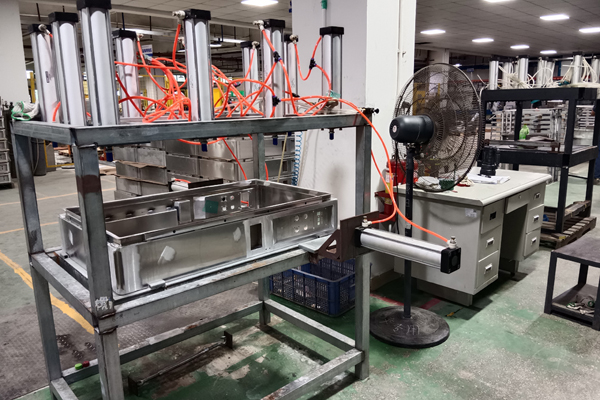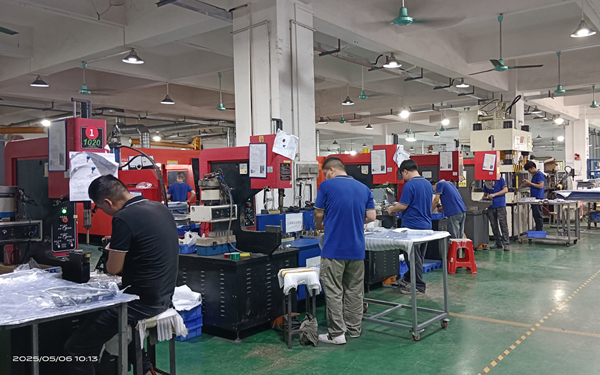A welding air leakage test (also called a pressure decay test or leak test) is a non-destructive testing (NDT) method used to detect leaks in welded joints by pressurizing the component with air (or another gas) and monitoring for pressure drops or visible/heard leaks.Bubble Test (Soap Solution Test)Apply a soapy water solution to the welded area.Pressurize the component with low-pressure air (typically 1–5 psi).Bubbles form at leak points.Pros: Simple, low-cost, effective for small parts.
Cons: Manual inspection, not suitable for high-pressure systems.
Pressure Decay TestSeal the welded component and pressurize it to a specified level.Monitor pressure drop over time using a gauge or sensor.A significant drop indicates a leak.Pros: Quantitative, good for closed systems.
Cons: Requires calibration, sensitive to temperature changes.
Vacuum Leak TestEvacuate air from the component and check for pressure rise.Alternatively, use a vacuum box with soap solution on the outside.Pros: Effective for large structures (e.g., tanks, pipelines).
Cons: Requires vacuum equipment.
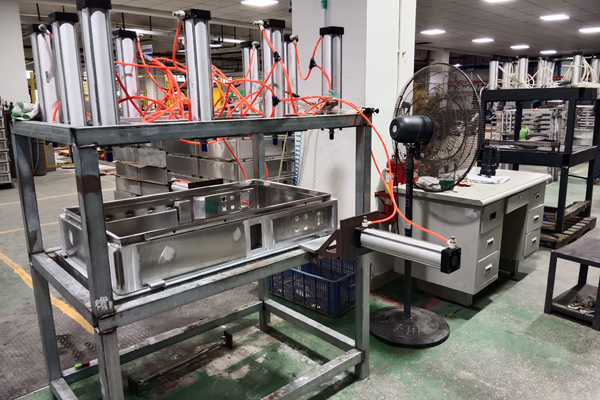 Ultrasonic Leak Detection
Ultrasonic Leak Detection
Use an ultrasonic detector to pick up high-frequency sounds from escaping air.Pros: Detects tiny leaks, no need for liquid solutions.
Cons: Requires skilled operation, background noise interference.
Helium Leak Testing (Mass Spectrometry)
Pressurize the component with helium and use a detector to locate leaks.Pros: Extremely sensitive (detects very small leaks). Cons: Expensive, requires specialized equipment.
- Standards & Acceptance Criteria
- ASME BPVC Section V: Covers leak testing standards for pressure vessels.
- ISO 9978: For leak detection in radioactive systems.
- AWS D1.1: Specifies acceptance criteria for welded structures.
- Acceptable Leak Rates depend on application (e.g., HVAC vs. high-pressure gas lines).
- Best Practices
- ✔ Clean surfaces before testing (oil, dirt can mask leaks).
- ✔ Use appropriate pressure (avoid over-pressurizing thin materials).
- ✔ Document results for quality control.
